Sharitarish (Wicked Chief). Pawnee tribe
by Charles Bird King (1785–1862)
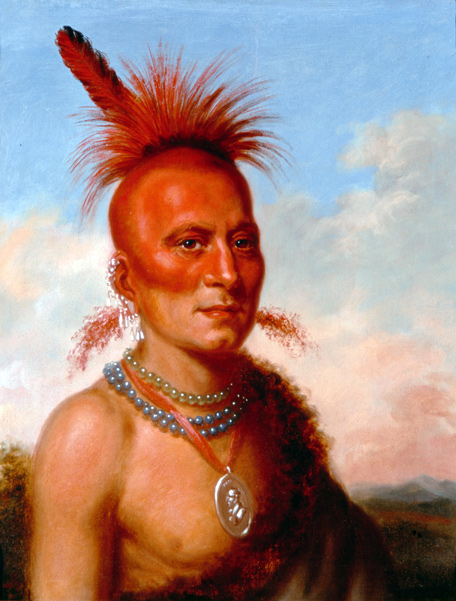
Height: 44.6 cm (17.5 in); Width: 35.1 cm (13.8 in). Courtesy The White House Historical Association, 1962.394.2.
Sharitarish represented the Chawi, or Grand Pawnees, in a delegation visiting United States President James Monroe in 1822. During that trip, he posed for portraitist Charles Bird King. He was the son of Characterish, who persuaded Facundo Melgares to abandon his attempt to stop the Lewis and Clark Expedition in September 1806 and confiscate all their possessions.
Although Clark referred to the Pawnee often and included them in the “Estimate of the Eastern Indians,” the journals do not document any face-to-face encounters. They did meet another Caddoan-speaking nation—the Arikaras—and Clark initially, and mistakenly, called those people Pawnee.
During the Lewis and Clark Expedition, the Pawnees had several significant encounters with large Spanish military parties intent on arresting Meriwether Lewis and his men. In the first, leader Pedro Vial reported that the Americans were passing out large gifts and taking Spanish peace medals and Indian commissions. He warned the people that they “still do not know the Americans but in the future they will.”[1]Diario de Dn. Pedro Vial a la nacion Panana, Santa Fe, 23 November 1804, SpAGI (Aud. Guad.398) fol. 3v-4, as translated and cited in Cook, Flood Tide of Empire, 463. Vial’s second excursion was disrupted by a Loup or Skiri Pawnee ambush and he reported that the Pawnees were “in complete agreement and commerce with the Americans.”[2]Real Alencaster to Commandant General Salcedo, Santa Fe, 4 January 1806, NmSRC – State Record Center and Archives, Santa Fe New Mexico (Span. Arch. 1942). Trans. in Loomis and Nasatir, Pedro Vial … Continue reading. In September 1806, a Spanish expedition led by Lieutenant Facundo Melgares was about 140 miles west of the Missouri River as Lewis and Clark’s men were descending the Missouri. An interception was possible, but Pawnee Chief Characterish, talked Melgares out of pursuing the matter any further. For more, see Spanish Opposition.
Through most if their history, the nation did not have a single name, but rather identified themselves as one of four separate bands:
- Skiri (Panimaha or Loup)
- Chawi (Grand)
- Kitkahahki (Republican)
- Pitahawirate (Tappage)[3]Douglas R. Parks, Handbook of North American Indians: Plains Vol. 13, ed. Raymond J. DeMallie (Washington, D.C.: Smithsonian Institution, 2001), 515.
Related Pages
July 21, 1804
Passing the Platte
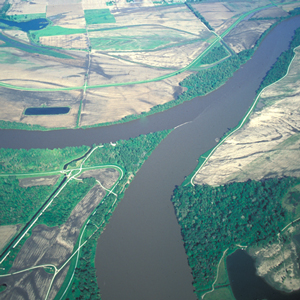

At midday, the boats arrive at the mouth of the Platte where they remark on the sandy river’s effect on the Missouri. Before continuing, the captains take a pirogue one mile up the Platte.
September 25, 1806
Eighteen toasts
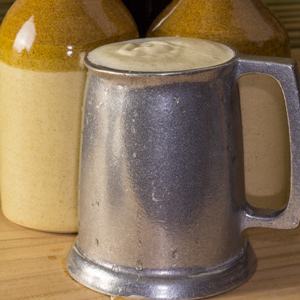

St. Louis, MO After drying and storing specimens, the captains attend a ball. At Christy’s Tavern, eighteen toasts are given in honor of the United States, its officials, and the “Missouri expedition.” In his journal for this date, Zebulon Pike describes Malgares’ failed attempt to stop the Lewis and Clark Expedition.
August 3, 1804
The Otoe council
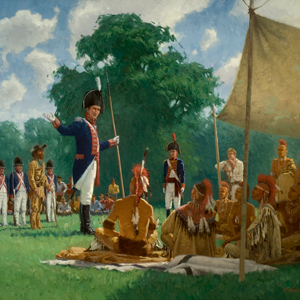

North of Fort Atkinson, NE Most of the day is spent exchanging speeches, gifts, and knowledge with the Otoes and Missourias at Council Bluff Camp in present-day Nebraska. At 3 p.m. the boats travel six miles up the Missouri.
January 4, 1806
Jefferson's Indian speech
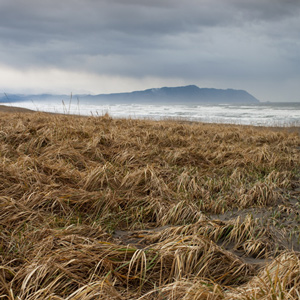

Fort Clatsop, OR Gass and Shannon travel t to the salt makers’ camp, and Lewis describes Clatsop Indian views on material goods. In Washington City, President Jefferson meets with an Indian delegation organized in part by Lewis and Clark.
September 16, 1806
A young trader
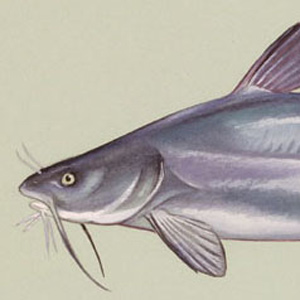

Waverly, MO The men apply the paddles and oars lightly, yet the flotilla moves fifty-two miles closer to home. They question a young trader, likely Joseph Robidoux Jr., who lacks a properly signed license.
May 27, 1804
Gasconade River
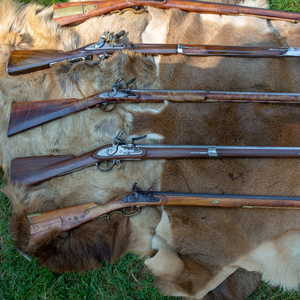

The flotilla meets two trading parties coming down from Omaha and Osage villages. At evening camp near the mouth of the Gasconade River in present Missouri, arms and ammunition are inspected.
July 23, 1804
Searching for Otoes
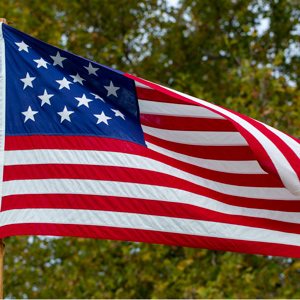

George Drouillard and Pierre Cruzatte are sent to find the Otoes and invite them to council at White Catfish Camp near present Bellevue, Nebraska. A flag is hoisted as a signal.
July 20, 1804
Drouillard is sick
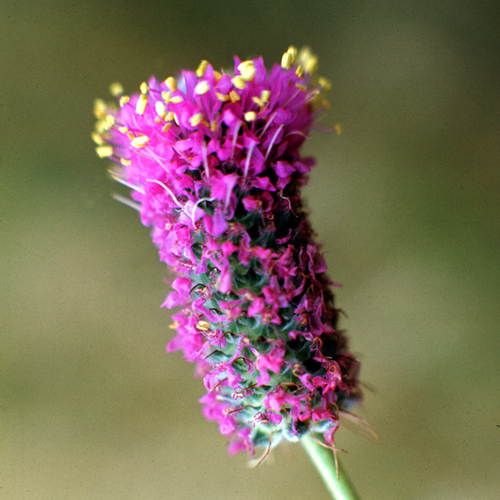
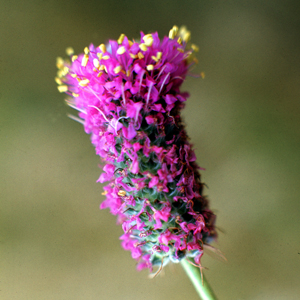
The expedition passes Water-which-Cries and Waubonsie creeks along the present Nebraska and Iowa border. Lead hunter George Drouillard is sick, and Lewis collects two specimens of clover.
July 30, 1804
Council Bluff arrival
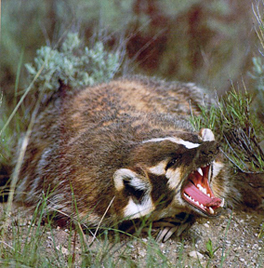
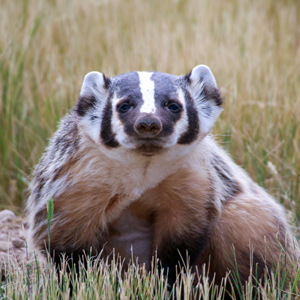
The expedition arrives at a bluff at present Fort Atkinson, Nebraska where they intend hold a council with the Otoes. Pvt. J. Field kills a badger, and Lewis preserves it as his first zoological specimen.
June 14, 1804
Gobbling snakes
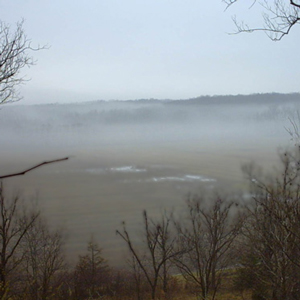

The morning is foggy as the boats leave the Grand River, and they make only eight miles up the Missouri. They meet four traders loaded with furs, and Drouillard hears snakes that gobble like turkeys.
September 10, 1806
News of Zebulon Pike
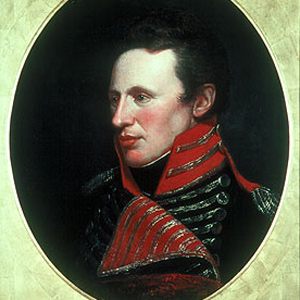

Big Lake, MO The river is crowded not only with sawyers and snags, but fur traders heading up the river. The captains learn that Zebulon Pike is leading an expedition exploring the source of the Arkansas River.
July 14, 1804
Sudden storm
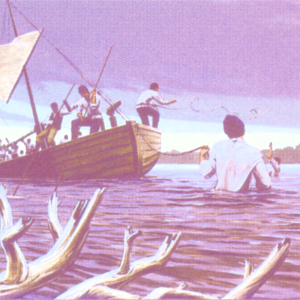

When they encounter a sudden storm, the men jump into the water to save the boats. An elk is wounded, and Lewis’s dog, Seaman, joins the chase. They encamp southwest of present Langdon, Missouri.
August 4, 1804
Moses Reed is missing
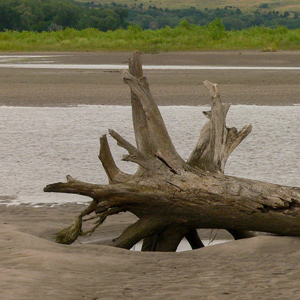

SW of Modale, IAThe expedition travels fifteen miles up the Missouri, the captains record yesterday’s speech to the Otoes, and Moses Reed, who had headed back to the previous night’s camp to retrieve his knife, does not return as expected.
September 12, 1806
Old acquaintances
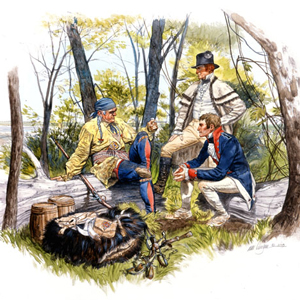

St. Joseph, MO The captains meet four old acquaintances, an old military companion and three men from the 1804 upriver trip.Joseph Gravelines and Pierre Dorion are acting under orders from President Thomas Jefferson, which the captains review and modify.
Notes
| ↑1 | Diario de Dn. Pedro Vial a la nacion Panana, Santa Fe, 23 November 1804, SpAGI (Aud. Guad.398) fol. 3v-4, as translated and cited in Cook, Flood Tide of Empire, 463. |
|---|---|
| ↑2 | Real Alencaster to Commandant General Salcedo, Santa Fe, 4 January 1806, NmSRC – State Record Center and Archives, Santa Fe New Mexico (Span. Arch. 1942). Trans. in Loomis and Nasatir, Pedro Vial and the Roads to Santa Fe, 442. |
| ↑3 | Douglas R. Parks, Handbook of North American Indians: Plains Vol. 13, ed. Raymond J. DeMallie (Washington, D.C.: Smithsonian Institution, 2001), 515. |
